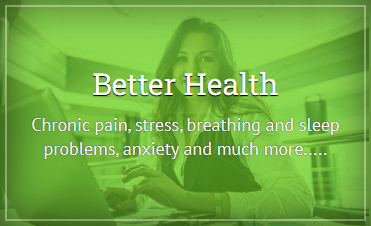The Buteyko Breathing Technique
Is the Buteyko breathing really for me?
- If you are already diagnosed and suffer from asthma, bronchitis, fatigue, insomnia, chronic cough, chronic pain or other health problems
This Technique is for you!
- If you are experiencing symptoms known as symptoms of over breathing:
shortness of breath
tightness in chest
over sensitivity of airways
excessive sneezing, production of mucus
long term blocked or running nose
frequent yawning and sighing
light-headedness, dizziness, unsteadiness,
problems with concentration and memory,
numbness, tingling and coldness especially in the hands and feet
pounding and racing heart beat or skipped beat
feeling anxious, nervous, or tense
dry mouth, poor sleep patterns
general weakness and chronic exhaustion, easily tired
This Technique is for you!
- If your breathing rates are high or your breathing is fast
This method is for you!
To check your breathing rates you need to place your left hand on your abdomen, right hand on your chest and figure out if you are “abdominal” or “chest” breather. Then continue to breathe in your regular manner and count how many times during the minute your abdomen or chest rises and falls, considering breathe in and out as one breath. If you counted more than 14 breath/min
This method is for you!
- If Buteyko’s indicator level of your health – breath holding time is below 40 seconds
This Technique is for you!
You may check your breath holding time called Control Pause (CP) by simple breathing test:
1. Relax and breathe gently through your nose for 3 minutes
2. After your regular exhale pinch your nose and hold your breath
3. With the mouth closed, use a stop-watch or second hand to check time until the first light feeling of air hunger.
4. Let go of your nose and continue to breathe as you breathed before the test.
The assessment is:
a. 60 sec. or more – you are absolutely healthy
b. 40-60 sec – you have a good health
c. below 40 sec.- you have some visible or hidden problems
The lower your Control Pause the worse your symptoms
- If you don’t have any symptoms listed above and you’d like to maintain or improve your overall health


